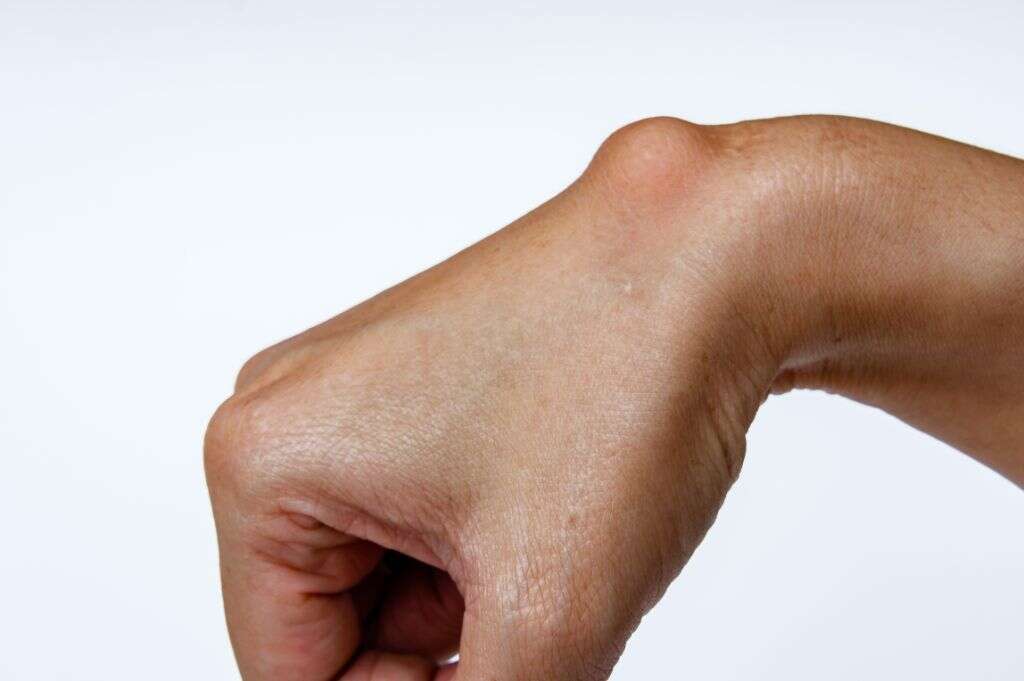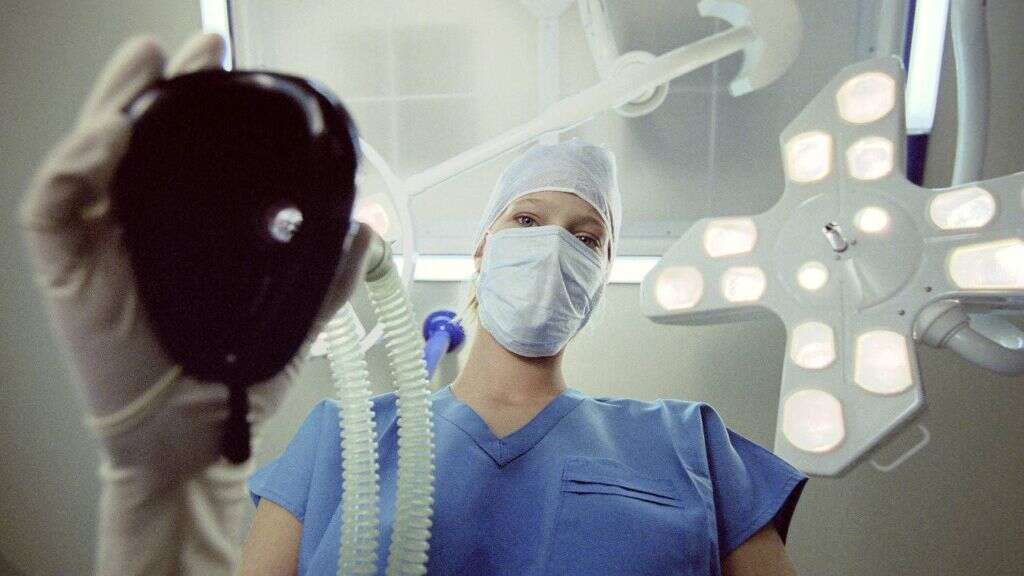What Is a Ganglion cyst?
Cysts are fairly common conditions that can turn up for no apparent reason most of the time. They are usually harmless, even though some can cause some discomfort depending on where they are located. They can be unsightly, however, and a lot of people will choose to have one removed for aesthetic reasons.
A ganglion cyst is a specific type of cyst that appears close to our body’s joints and tendons. As with other types of cyst, ganglion cysts are harmless, and they can often be left just where they are. They may need to be removed in some cases, though, and the procedure to do so is fairly straightforward.
1. Synovial Fluid
Any vehicle mechanic will be able to tell you that parts should be lubricated when they meet with other moving parts. This is to help ensure that the different parts are well lubricated so they can move freely. It also helps to reduce wear and tear and prevent other damage.
The body is also made of different moving parts, and these parts also need lubrication where they meet other moving parts (the joints). In the human body, this lubrication is provided with help from synovial fluid. It is a jelly like substance that is found in our joints and it helps to make sure everything can move smoothly, while also helping to prevent damage.
2. Ganglion Cyst
A ganglion cyst is a swelling that is usually found near a tendon or a joint. They are often just the size of a pea, but they can sometimes grow to be the size of a golf ball. These cysts are filled with synovial fluid, the natural lubricant that has been described previously.
It is not clear exactly why ganglion cysts occur. However, we do know that it appears to be a case of fluids leaking out from a joint or nearby tendon. These fluids can begin to accumulate in the bodily tissues, resulting in what we know as a ganglion cyst.

3. Risk Factors
Pretty much anybody could develop a ganglion cyst at any time. However, certain groups of people are more likely to develop one than others are. For example, women are more likely to develop them than men are, while people between 20 and 40 years old are also at a higher risk.
You are also more likely to develop a ganglion cyst if you have received injuries to joints or tendons in the past. People with osteoarthritis are also at a higher risk of developing ganglion cysts on the finger joints at the ends of their fingers. There is also a chance that a ganglion cyst will return after treatment.
4. Smooth Lump
A ganglion cyst will typically appear as a smooth lump below the surface of the skin. They are usually found on the back of the wrist, while they are also commonly found on the hands and fingers. However, they can arise anywhere in the body where a joint or tendon with synovial fluid nearby.
Ganglion cysts will thankfully not cause the patient any other medical issues. They can, however, be quite painful for some people, although they are completely painless for many others. Depending on the level of discomfort caused, they are often left alone and may slowly disappear over time without treatment.

5. Removal
In some cases, the patient may opt to have the cyst removed. This is often the case if it is limiting their flexibility and/or if it is causing them sufficient discomfort. Removal will not usually be recommended unless it is deemed to be necessary for the patient’s well-being.
Ganglion cysts can be unsightly, and some people would opt to have them removed for cosmetic purposes. You should note, however, that this may not be covered by your insurance or by some universal health systems. It is a good idea to check first to see if you are expected to pay, and how much.
6. Aspiration
The most common method of removing a ganglion cyst is aspiration. It is performed by using a needle and syringe to help remove the synovial fluid from the sac, thus removing the cyst in the process. Medications are then administered to help prevent the cyst from returning again.
This procedure is thankfully very straightforward and it can usually be performed at a local doctor’s surgery without the need to go to a hospital. It is also quite painless and will leave nothing but a small hole in the skin. This is usually the preferred option if the nature of the cyst in question allows it.

7. Arthroscopic Surgery
Arthroscopic surgery is a type of keyhole surgery. This means that small cuts are made into the patient’s skin, and tools with which to perform the surgery are inserted into the cut. These tools generally include instruments for the cutting and removal of tissues, along with an arthroscope, which is a type of small camera that allows the surgeon to see what they are doing.
Arthroscopic surgery is sometimes preferred over open surgery, largely because it causes less pain and a smaller scar. Whether or not this type of surgery is recommended will depend largely on the location and nature of the ganglion cyst being operated on.
8. Open Surgery
Open surgery means that the surgeon will first ‘open’ the area to be operated on by making a sufficiently large enough cut in the patient’s skin. The actual size of the cut depends on a number of factors, but it would usually be approximately 2 inches long.
Whether the surgeon performs arthroscopic surgery or open surgery, anesthetic will usually be used to help ensure that the patient is as comfortable as possible. This can be either local or general anesthetic, depending on the patient and the severity of the cyst. The wound will be stitched up afterwards, and a small scar is likely to remain once the wound has healed.

9. Healing
Healing after a ganglion cyst is usually quite straightforward. If it was removed by aspiration then only a very small wound would be left, and a band-aid can be used to keep the wound covered for a day or two. If it was removed surgically, however, then a larger wound would have been created and stitches likely used.
This can cause some pain for some patients, but this will not usually last for long. Mild pain-killers may be prescribed to help the patient feel more comfortable. Swelling and pain may occur, and minor infections are a possibility, but these are rarely anything to be concerned about.
10. Complications
A ganglion cyst should cause no further medical complications for the patient. However, they can have an impact on peoples’ ability to do their jobs, especially those in physical roles. There is a chance that the cyst can become infected, and this is something that should be addressed as soon as it is recognized.
Complications from surgery are also rare and even when they do arise, they are rarely serious. The wound can become infected in some cases but this is rarely a serious problem. In a small number of cases, patients can feel a degree of pain permanently after the operation. Others might experience permanent stiffness in the area.










